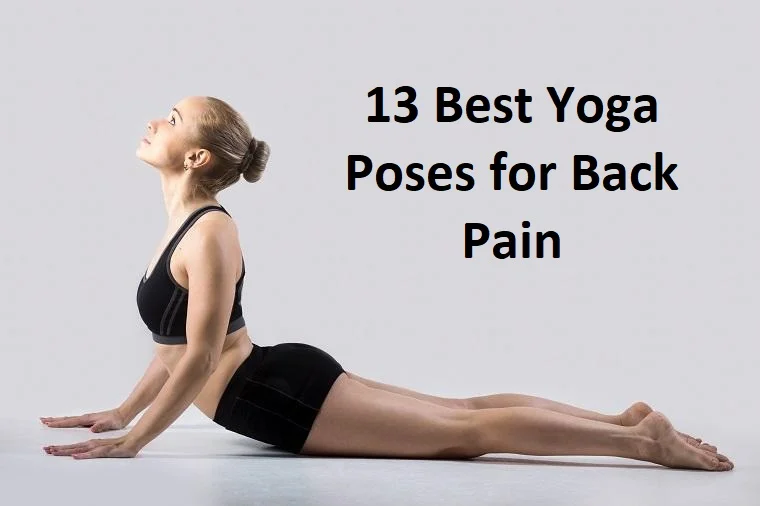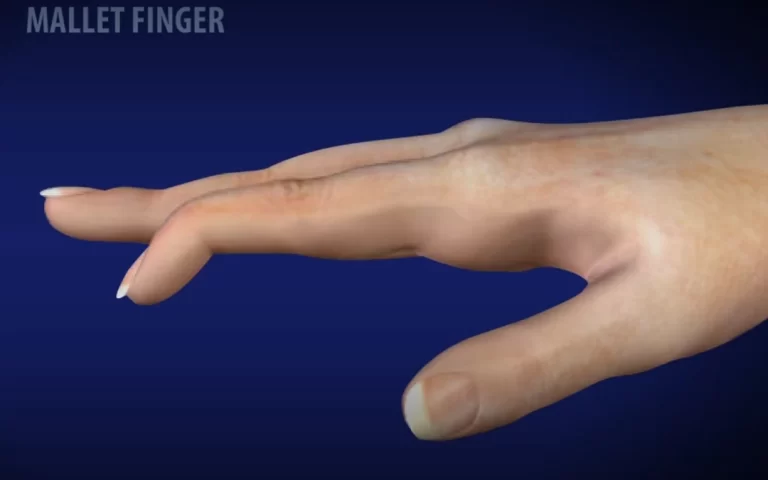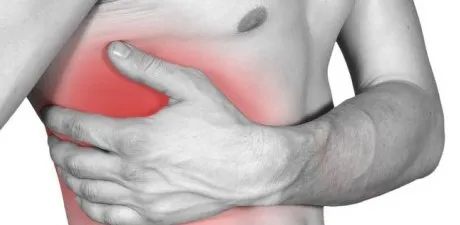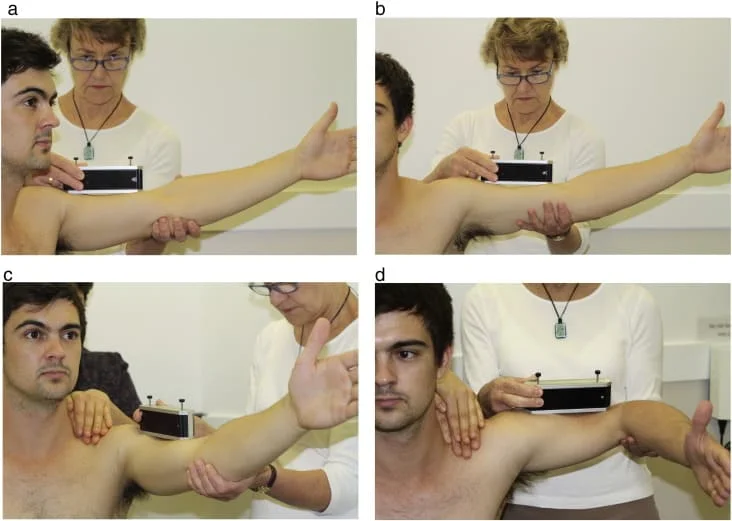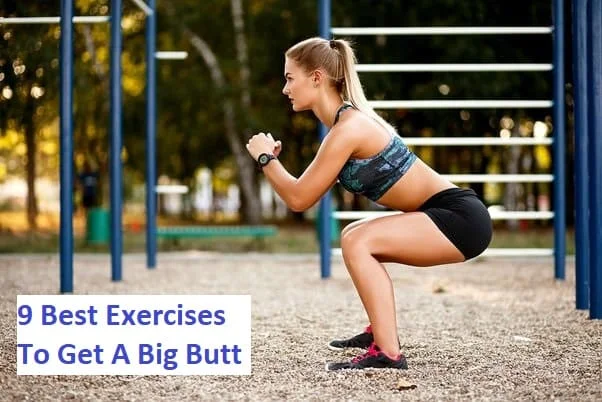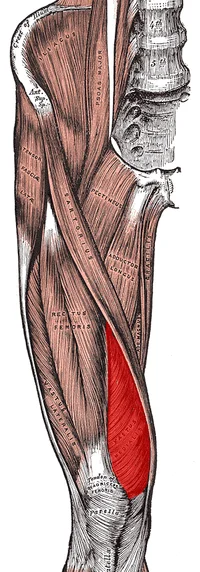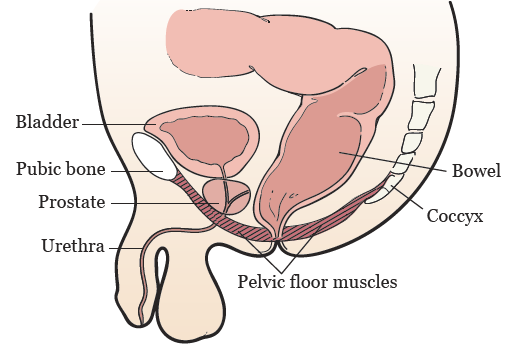13 Best Yoga Poses for Back Pain
Introduction
Yoga can be an effective and natural way to alleviate back pain and promote overall back health. It helps improve flexibility, strengthen the core muscles, increase circulation, and reduce stress, which can contribute to relieve back pain.
The yoga pose is one of the most acceptable forms of exercise to stay relaxed and facilitate body functions. Nevertheless, daily yoga alleviates back pain and is an effective preventative therapy. In particular, yoga asanas promote blood circulation in the lower back joints and strengthen these parts. This brings relief to individuals suffering from back pain.
How Effective Is Yoga Poses for Back Pain?
These yoga asanas for backaches can be very beneficial if you suffer from backaches. Yoga poses can be an effectual remedy as it helps the muscles that support the spine or back of your body. Yoga poses prolong the paraspinal muscles that turn the backbone, the multifidus muscles that stabilize the vertebrae, and the transverse abdominis in the abdominal area.
Regardless, one should maintain in mind that these yoga asanas for back aches shouldn’t be used as an alternative to medication.
Yoga Poses for Back Pain Relief
1. Bhujangasana or Cobra Pose
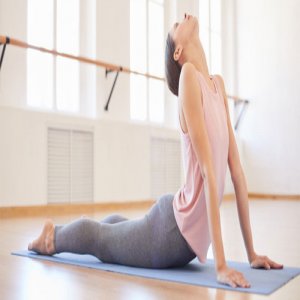
Bhujangasana or Cobra pose is an influential yoga pose for back aches. It lengthens the human abdomen, shoulders, and chest. This yoga pose relieves sciatica and strengthens the spine.
Begin with the low plank, which means arriving into plank posture as if you’re about to do a push-up, then lower halfway to the ground floor, maintaining your elbows close to the body.
From there, lower your hips down to the ground floor and flip your toes over so the tops of your feet touch the ground floor.
Tighten your core muscles and straighten your arms to push your chest up. Pull your shoulders back, squeeze your shoulder blades, and tilt your head toward the ceiling, to extend up your chest.
Hold the stretch for 30 seconds to begin and work your path up to holds of one minute or longer.
2. Setu Bandha Sarvangasana or Bridge Pose
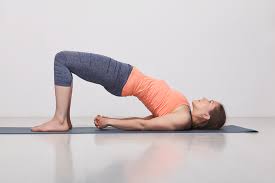
Setu Bandha Sarvangasana or Bridge Pose ignites and strengthens the core stomach muscles, which is necessary for maintaining pelvic tilt.
This yoga pose involves lengthening the spine and reduces back pain and headaches.
Lie on your back with your knees bent. Your feet should be flat on the ground floor, in line with your knees, with your arms at your sides.
Increase your pelvis to the ceiling, squeezing your buttocks. The torso is upward with your back off of the ground floor. Your shoulders will do the creation here by supporting your body.
Maintain the bridge for five seconds, concentrating on squeezing that booty.
Gently lower the torso down, one vertebra at a duration.
Replicate this 10 to 15 times per set with at least three sets.
3. Supta Matsyendrasana or Two-Knee Spinal Twist Pose
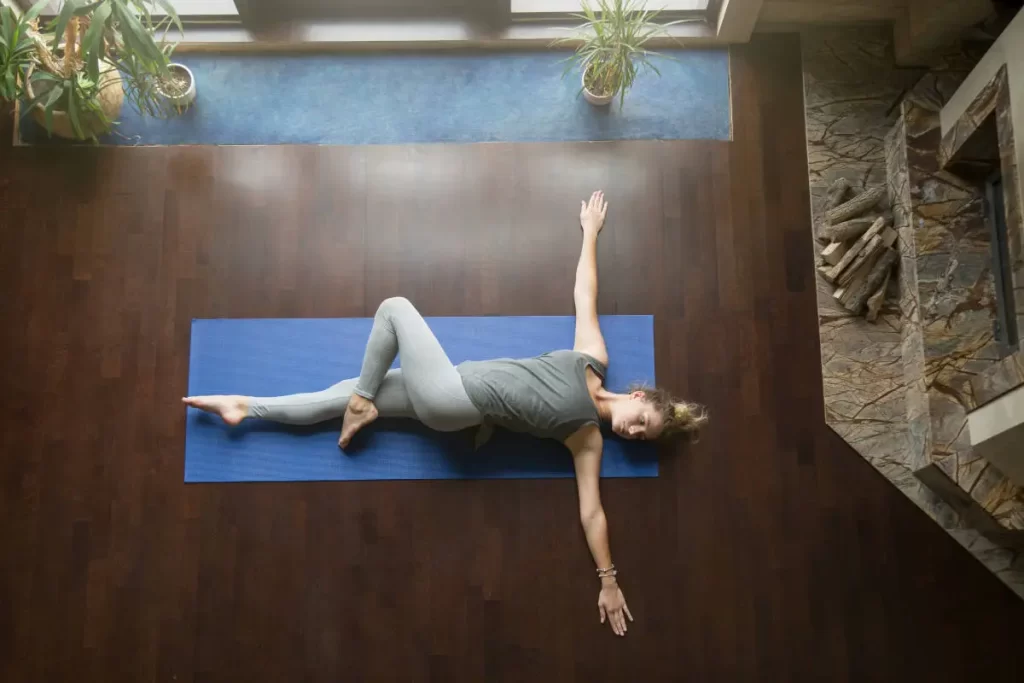
Supta Matsyendrasana or Two-Knee Spinal Twist pose restores the mobility and motion of the spine and back. It involves lengthening the back, shoulders, and spine. Doing this pose reduces stiffness and ache in your hips and back.
Bring yourself into a seated position on the ground floor, getting your right foot toward your body.
Get your left foot around to the outside of your right leg.
Lengthen your backbone as you turn your body to the left.
For required help, position your left hand on the ground floor behind you.
Next, bring your right arm across your left thigh as you bend.
Keep hips square.
Maintain for one minute then replicate the sides.
4. Balasana or Child’s Pose
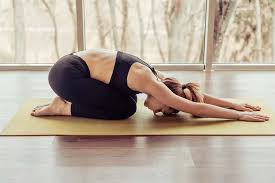
Balasana or Child’s pose helps to bring lower back pressure. It involves lengthening the spine and decompressing it.
Kneel on your mat or carpet with your knees hip-width separated and your feet concurrently after you. Bring an in-depth breath in, and as you exhale lay your torso over your thighs.
Attempt to lengthen your backbone by pulling your ribs away from your tailbone and the crown of your head away from your shoulders.
Relax your forehead on the ground floor, with your arms extended out in the facade of you.
Hold for 1–2 minutes.
5. Kapotasana or Pigeon Pose
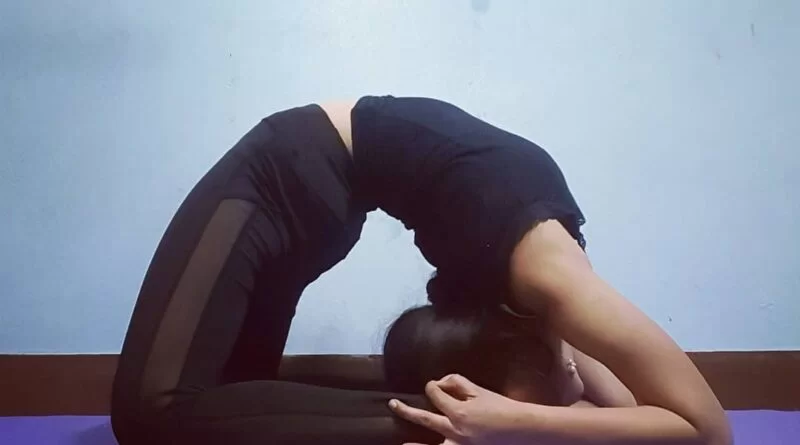
Kapotasana or Pigeon pose involves extending the hip joint, which gets flexibility and mobility to the joint. Furthermore, this asana lengthens your lower back and hip flexors. The pigeon pose can support reduced hip aches and mild pain in the lower back.
Begin in a tabletop position or Downward-Facing Dog.
Seat your right knee at an angle toward the front of your mat.
Position the left leg back as far as you can. Your right ankle will be seated into your left groin.
Extend those hips the best you can, maintaining the hips square.
You can choose to maintain your body in an upright position, using your hands for help, or you can fold your upper body down, positioning your head on your hands.
Breathe deeply. Remain in this place for up to five minutes.
6. Uttanasana or Standing Forward Bend
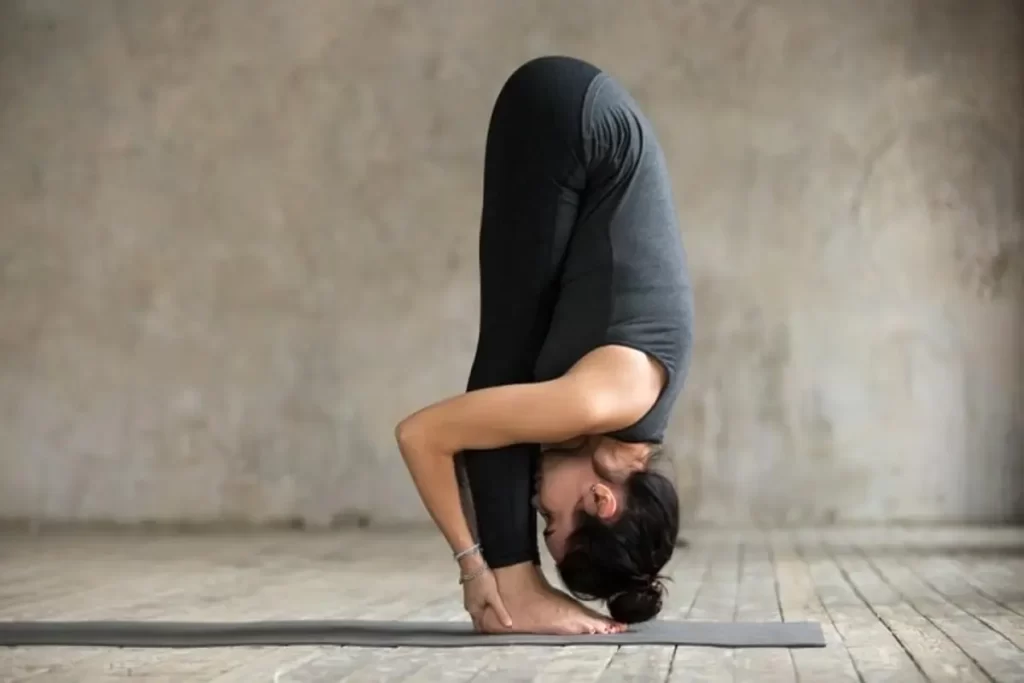
Uttasana or Standing Forward Bend pose is a basic asana that lengthens your calves, hips, and hamstrings. Moreover, it strengthens your quadriceps and reduces back aches.
Stand with your feet together. With a slight turn in your knees, fold your torso over your legs. This motion should arrive from the hips, not your lower back.
Place your hands on the ground floor in front of you or next to your feet.
Inhale as you extend your chest and lengthen the spine.
As you exhale, expand the torso down without rounding your spine.
Replicate as much duration as you feel is extended enough.
7. Apanasana or Wind-Relieving Pose

Apanasana or Wind-Relieving Pose involves the lengthening of the lower back. This relieves lower back aches.
Lie on your back.
Embrace both knees into your chest.
Slowly rock forth while firmly maintaining onto your legs.
Do this for one to two minutes.
8. Salabhasana or Locust Pose
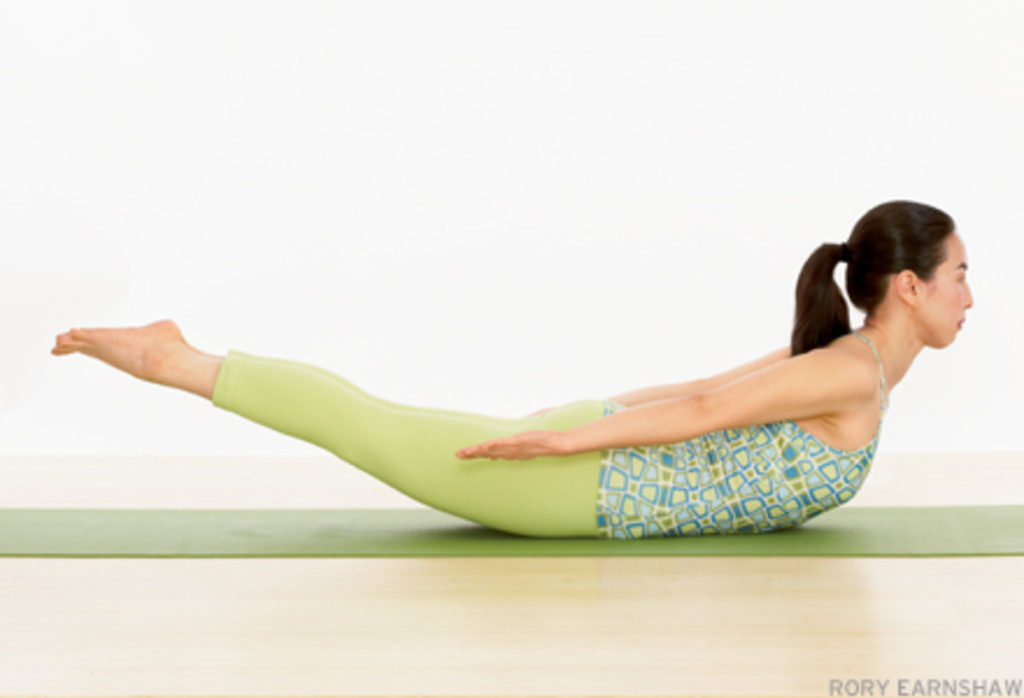
Salabhasana or Locust Pose is a mild backbend that strengthens the torso, back, legs, and arms. This yoga pose supports reducing fatigue and lower back ache.
Lie on your abdomen with your arms to your sides, palms facing up.
Place your feet hip-width apart and parallel.
Set your forehead on the ground floor.
Gently lift your head, chest, and arms as far as your body lets you.
For an improved stretch, lift your legs as you lift your upper body.
Maintain your gaze straight or up as you lengthen the back of your neck.
Maintain this post for up to one minute.
9. Salamba Bhujangasana or Sphinx Pose
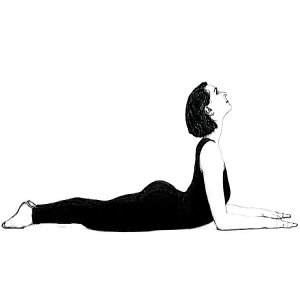
Salamba Bhujangasana or Sphinx Pose promotes the sacral-lumbar portion and supports to tone down of the spine. This yoga pose allows the human body to attain the correct lower back curvature.
Lie on your abdomen, legs together, and straight out after you.
Position your elbows under your shoulders and your forearms on the floor as you lift your chest off the ground floor.
Press your hips and thighs into the ground floor, and think about lengthening your backbone while maintaining your shoulders comfy.
Seat up just enough to feel a nice prolong in your lower back. Don’t hyperextend, and stop instantly if you start to feel any discomfort or pain.
Maintain this position for 30–60 seconds.
10. Trikonasana or Extended Triangle
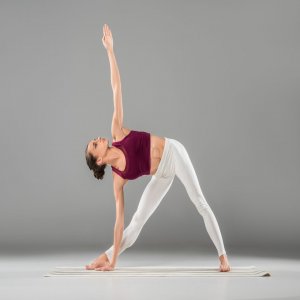
Trikonasana or Extended Triangle is a classic erect posture that reduces sciatica, backache, and neck pain. Furthermore, it supports lengthening the spine, groin, and hips.
To the start, stand with your feet about four to five feet apart.
Bend your right foot forward with your left toes at about a 45-degree angle.
Lift your arms, with palms facing down, parallel to the ground floor.
Hinging at your right hip, arrive forward with your arms and torso.
Bring your hand down onto the ground floor or a block, extending your left arm toward the ceiling.
In order to align your spine, stack your shoulders and hips.
Hold your gaze up toward your left hand, forward, or down.
Maintain this pose for one minute then replicate it on the opposite side.
11. Adho Mukha Svanasana or Downward Facing Dog Pose

Ado Mukha Shvanasana or Downward Facing Dog pose strengthens the in-depth abdominal muscles, which is the key to the best lower back posture. This yoga pose reduces back pain and sciatica.
From Child’s pose, keep your hands on the ground floor, sit up on your knees, and then lift your butt and press back into a downward-facing dog.
Spread your fingers wide. Perform straightening your legs and lowering your heels toward the ground floor.
Relax your head among your arms, and direct your look through your legs or up toward your abdomen button.
Maintain for 30–60 seconds.
12. Marjaryasana or Cat-Cow Pose

Marjaryasana or Cat-Cow Pose is a gentle backbend that mobilizes and lengthens the spine. This yoga asana even lengthens the back and shoulder.
Begin on whole fours with your shoulders over your wrists and hips over your knees.
Bring a slow inhale, and on the exhale, round your spine and drop your head toward the ground floor (this is the cat posture).
Inhale and pull your chest, head, and tailbone toward the ceiling as you arch your back for the cow pose.
Do this for one to three minutes.
13. Malasana or Garland Pose
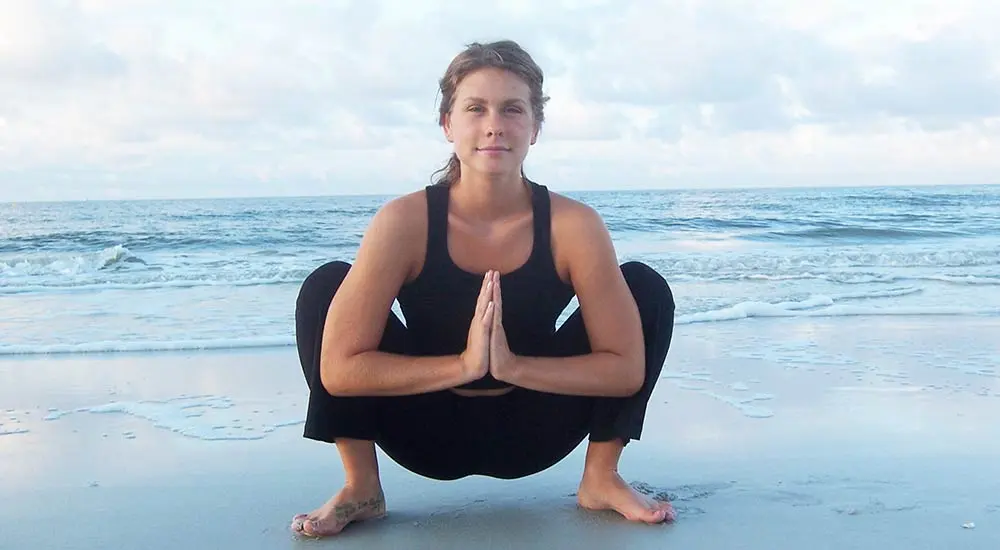
Malasana or Garland Pose lengthens every part of your lower back, including the quadriceps, hips, and groin. It rejuvenates the blood circulation in these areas and reduces back aches.
On the mat with your feet vast apart. Bend your knees and lower your butt to come at a squat position. Turn your elbows to bring the palms together and bring your arms inside your knees to press your elbows against your internal knees.
Who Should Avoid Doing Yoga Poses for Back Pain Relief?
Females should avoid rehearsing yoga poses during their menses. Individuals should not do yoga poses if they are in a state of stress, strain, tension, and anxiety. Likewise, people with low muscle strength should be extra careful while accomplishing yoga poses. Those who have osteoporosis should avoid rehearsing certain yoga poses.
To ensure maximum security and bring the best results, consult your doctor before practicing yoga poses. Further, doing yoga poses under the advice of a coach or trainer minimizes the risk of possible injuries.
To sum up, the yoga pose is indeed an influential path to getting relief from back pain. Regardless, certain yoga poses for back pain relief should be executed under the guidance of a professional trainer or coach.
FAQ
1. Can yoga improve back pain?
Yoga is a peaceful practice that is ideal for maintaining back strength and flexibility. It’s also one of the more effective tools for helping reduce low back aches, the most common source of pain and disability among older adults.
2. Is Chakrasana good for back pain?
Chakrasana or wheel posture is a full-body yoga pose where one twists the backbone to do a backward turn. It is named the wheel yoga pose, as the final posture of the body resembles a wheel. It delivers good exercise for the back and chest and abdomen muscles.
3. Is surya namaskar good for back pain?
Surya Namaskar is an excellent warming-up exercise for back pain relief
created to warm up the spine and subsequently the limbs. The sequence of stages delivers an excellent path to lengthen and strengthen back ache-related muscles, such as the hamstrings, hip flexors, lower back, and abdominal muscles.
4. Does yoga improve back pain?
Yoga poses are a gentle practice that is ideal for keeping back strength and flexibility. It’s also one of the influential instruments for supporting the relief of low backache, the most common origin of aches and disability among older adults.
5. Is yoga good for slipped discs?
A few analyses suggest individuals suffering from the issue of slip disc can benefit significantly from the easy motion of yoga pose which prolongs the bones. Practicing yoga poses can increase blood circulation in the spine. The clean and oxygenated blood would stimulate the functionality of the bones.

